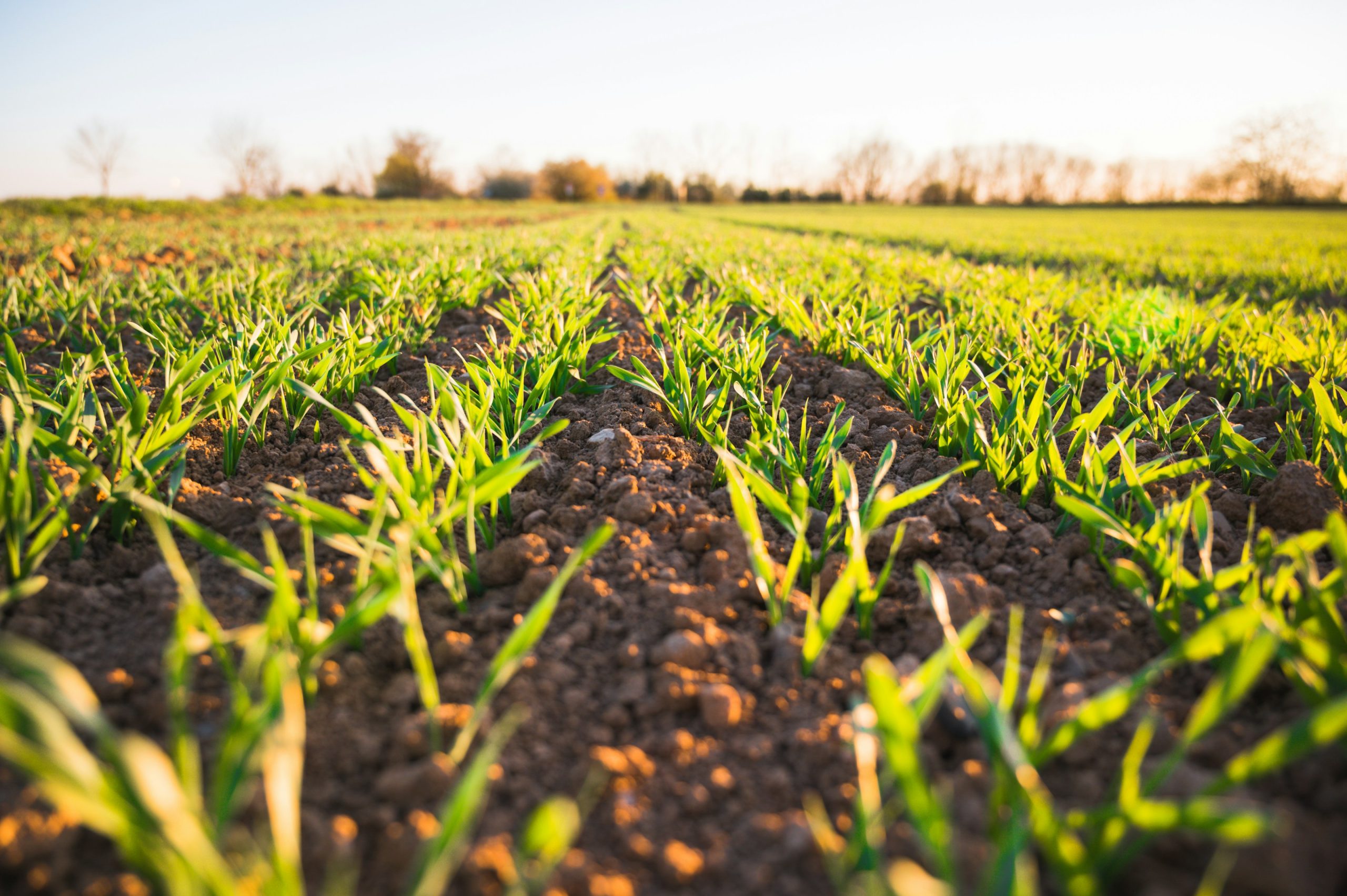Food waste has become a significant issue around the world, but nowhere more so than in America. In fact, about $161 billion of food is wasted in the U.S. every year, per Rubicon research.
In our September report, The Food Institute takes a closer look at food waste – which stretches well beyond America’s borders — highlighting companies that are going to great lengths to remedy the problem. The report, which can be downloaded here, features insight from the likes of Steven Finn, vice president of food waste prevention at Leanpath.
Here are some highlights of our conversation with Finn.
WHAT ARE SOME OF THE FACTORS LEADING TO GLOBAL FOOD WASTE?
Finn: “One of the main reasons we have so much waste throughout the world is that we don’t value our food properly. We don’t consider all of the resources consumed in the production and distribution processes, which are embedded in that waste.
“Our developed-world mentality is grounded in abundance. We expect large quantities of ‘perfect’ food – in great variety – on a 24/7 basis. Food is relatively inexpensive, easy to get, and easy to dispose of. When you put all of those things together, it leads to a lot of waste.”
WHERE IS AMERCAN SOCIETY MOST WASTEFUL WITH FOOD?
Finn: “The biggest area of food waste in the U.S. lies at the consumer level, in consumer-facing businesses like supermarkets and foodservice operations, along with the home. So, a tremendous opportunity exists in these areas, including getting consumers to change their own wasteful behavior while raising their expectations of food organizations to act responsibly and reduce waste in their operations. We really have a culture that in many ways tolerates food wasting behavior, and we need to change to one that normalizes food waste reduction behavior. I think that all starts with raising awareness of the scope and scale of the food waste problem, coupled with effective education in schools.
“Retailers have an enormous footprint and have a great opportunity to reduce waste in their operations. I think they really need to look hard and challenge themselves to look upstream, preventing waste from occurring rather than simply focusing on diverting it from landfill.
DO MOST COMPANIES REALIZE THE FULL BENEFITS THEY GET BY REDUCING WASTE?
Finn: “It’s fair to say that there’s a little bit of reticence, a little bit of a fear factor in being really transparent with how much waste is in their operations. Implementing a food waste reduction program involves a commitment to measurement and being transparent about and reporting on results at the same time, and that can be a little discomforting to organizations. But, out of transparency great things happen. Implementing a food-waste-reduction program results in triple bottom-line benefits.”
WHICH ELEMENTS OF FOOD WASTE DO CONSUMERS TEND TO OVERLOOK?
Finn: “I think it’s an issue of connecting with the seriousness of the issue, and their ability to positively impact it. We cite a lot of powerful statistics in this space, for example, the UN noted that if food waste were ranked as a country, it would be the third-largest emitter of greenhouse gases behind the U.S. and China. You have all these really compelling statistics; we need to get those out there to people in a way that resonates, that gets them to care so that they change their behavior.
“We still have a long way to go in terms of upping the awareness level among average consumers. Everything starts with awareness and education. It’s about culture change. I think if we all begin to value our food properly we will drive a lot of positive change in the food system. And we need to do that with urgency.”
To learn more, register for our upcoming webinar How the Food Industry is Tackling Food Waste – Latest Innovations and Trends here.











